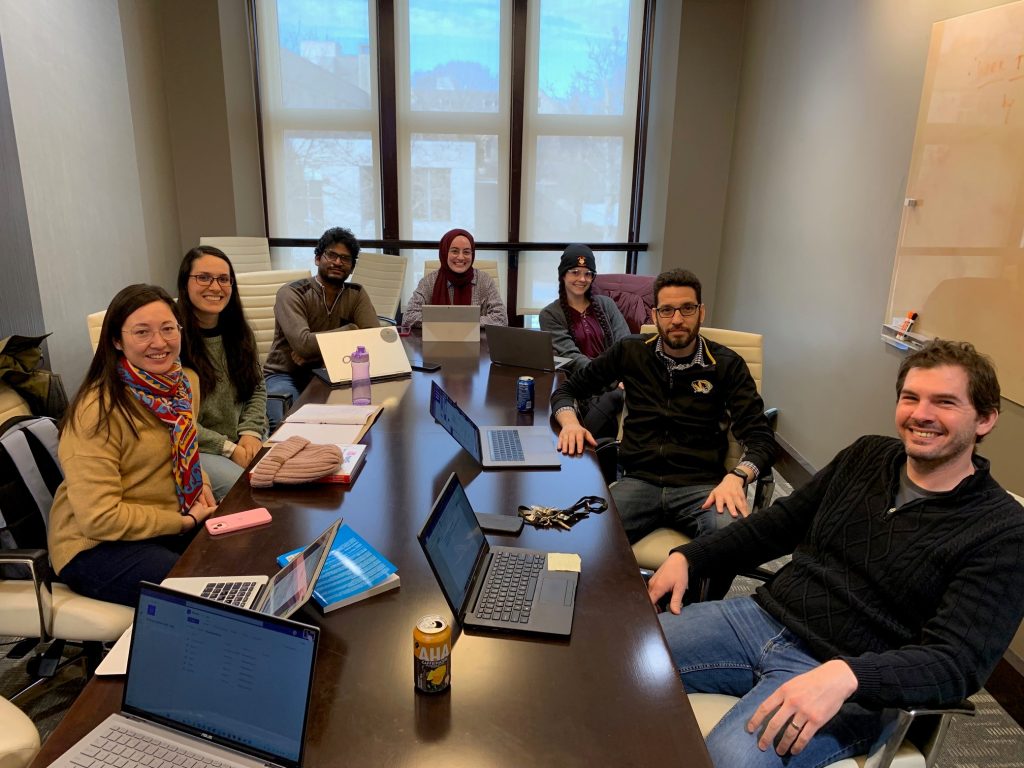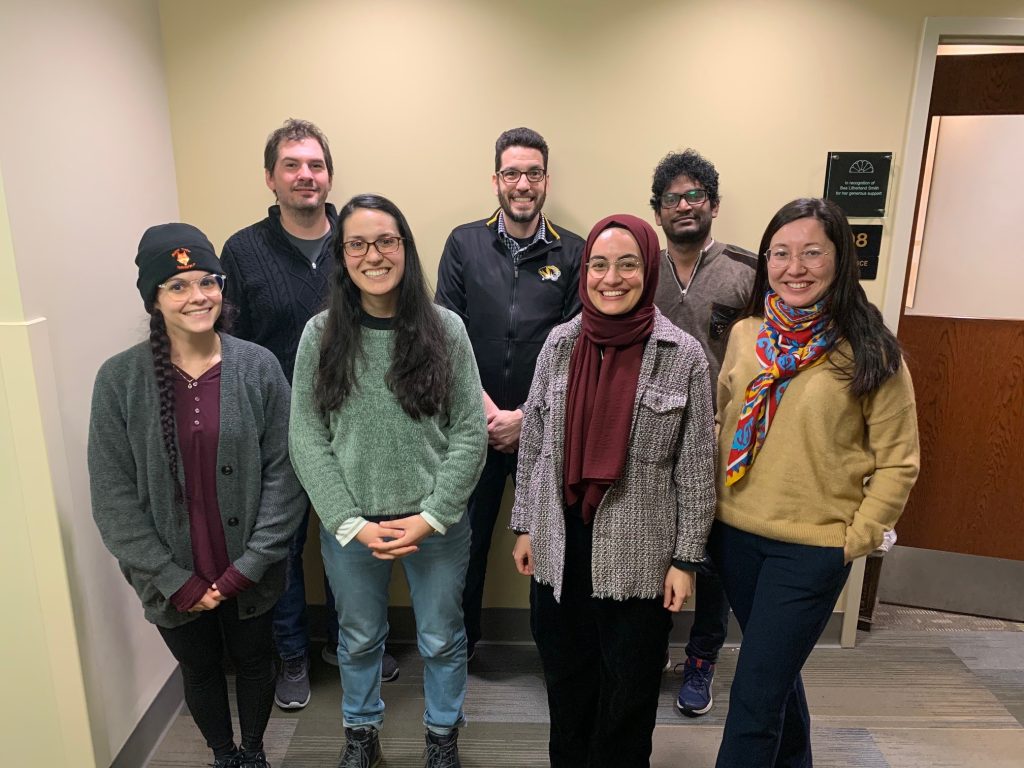Child care is a considerable expense for families and yet, many child care providers are underpaid relative to other industries and the critical nature of their work (i.e., supporting the labor force, caring for the future work force). The Missouri Department of Elementary and Secondary Education awarded Drs. Louis Manfra and Francisco Palermo over $300,000 to study child care rate structures and reimbursement systems in the U.S.

“Learning the perspectives and opinions parents and childcare providers have about the Missouri Childcare Subsidy Program will help state officials and stakeholders improve the program to better serve Missouri families,” said Dr. Manfra, who serves as the PI of the project.
The primary goals of this project are to study (a) the child care subsidy program rate structures and reimbursement systems used in each state and (b) the perceptions about the subsidy rate structure and reimbursement system used in Missouri from child care providers across the state who are enrolled in Missouri’s Child Care Subsidy program, as well as the parents of the children that they serve.
To accomplish these goals, two primary studies will be conducted. The first study will focus on conducting a thorough review to collect information about the child care rate structure and reimbursement systems utilized in other U.S. states. Specifically, the research team will focus on how quality ranking and enhanced rates coincide with various practices and provide a description of the other states’ program rate structure and reimbursement systems. In the second study, the team will collect data about perspectives of the Missouri Child Care Subsidy program rate structure and reimbursement system from child care providers in the state enrolled in Missouri’s Child Care Subsidy program and parents served by these providers.
“We will be conducting data collection with Missouri providers and parents using several methods, including interviews, focus groups, and surveys. We will also be collecting data from various other states about their subsidy programs and trying to learn as much from their successes and challenges as we can,” Dr. Manfra said.

When asked what this means for Missouri families, Dr. Manfra said, “we will be sharing the results from this study with state officials who will be able to use the information when making decisions about improving the rate structure, payment delivery approach, validation methods, technology, and other aspects of the subsidy program that can simplify the process and lessen the burden on families.”